Rumor has it that Doña María Josefa, Duchess of Osuna, was quite an oddball, willing to do anything to keep the members of the royalty amused. She went as far as to purchase some land on the outskirts of Madrid to build a Romantic park, some sort of late 18th century Disneyland where the aristocratinc members of the Court could play.
The result is not as dramatic or sinister as the Jardí d’Horta in Barcelona, its distant cousin, but it is much larger and seems like it was much more fun as well!
At the time, huge, theatrical gardens the likes of Versailles were the thing to have, places where the aristocratic ladies could play and amuse themselves pretending to be peasants and gardeners.
So María Josefa, who wanted by all means to be trendy, got herself some 14 acres of land just north of Madrid and hired the French architect and landscape artist Jean-Baptiste Mulot, who got inspiration from French, English and Italian landscapes and came up with the layout for El Capricho.
The construction began in 1787 and the gardens were finished in 1839.
Just before the main entrance, first thing you come across is a round square, used in gone by times to host bullflights.
After the gate, you walk through the Paseo de los Duelistas (the Duelists Walk), named after the two statues that stand in front of each other, until you reach the Plaza de los Emperadores, decorated with the sculpture of twelve Roman Emperors and crowned by a beautiful exedra watched by sphinxes.
To the right, on the lower level of the park, there’s a huge maze, a staple feature for Romantic gardens.
The big promenade continues until you reach the palace of the Dukes, an elegant building that belonged to the Dukes of Osuna, one of the most important noble families in Spain at the time.
The faux dramatic scenes, typical to Romanticism, combines different types of exotic architecture with the park’s lush greenery.
One of the uncommon features of this park is that it housed its own apiary or bee house where the members of the court could keep their own beehives for honey production.
There’s also a fort equiped with (fake) artillery. “El Fortín” is surrounded by an actual pit with water and the remains of what used to be drawbriges. Originally, it even had real-size dolls dressed as Spanish soldiers on it.
The central lake has a fountain, an iron bridge, a small harbor and a small venetian-style dining room.
From the dining room’s pier, the high-society ladies could jump straight onto the small sailing boats that would, in a very dramatic manner, take them along a canal to the big ballroom on the north side of the park, where a big scupture of a wild boar would greet them into their arrival pier.
The ballroom has an octogonal floor and it’s decorated with frescoes.
Walking towards the exit, we bump into more theatrical sets such as a house in ruins, and a small church (complete with altar). A little further lies the beautiful Bacus Temple, an oval marble structure with the statue of the Roman god.
The last attraction in this bizarre theme park is the Peasant’s House, a typical countryside building with its own crop.
So basically, you leave the park thinking about the irony of being a nobleman in late 18th century Spain and wanting nothing more than entertain yourself by doing poor-man’s activities.
A few interesting facts about El Capricho:
During the Spanish Civil War, the park became the headquarters for the Republican Army. Actually, there is still a network of bunkers and air-raid shelters underneath the gardens, the air vents of which are still visible.
The Duchess of Osuna was one of the big promoters of Goya’s paintings and some of his most famous works such as “The Four Seasons”, “The swing” or “Country Lunch” were painted in the park.
Useful Information
Address: Paseo de la Alameda de Osuna, s/n
Phone Number: (+34) 91 588 01 14
Metro: El Capricho (L5) Buses: 101, 105, 151
Schedule: Winter (October to March): Saturdays, Sundays and Holidays from 09:00 a.m. to 06:30 p.m.
Summer (April to September): Saturdays, Sundays and Holidays from 09:00 a.m. to 09:00 p.m. Closed: Jan 1st and Dec 25th.
Prices: Free of charge.


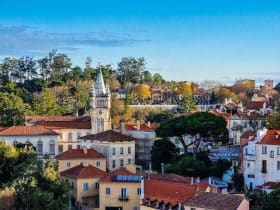
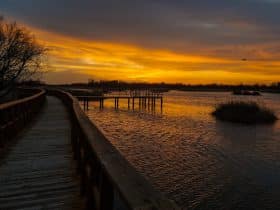
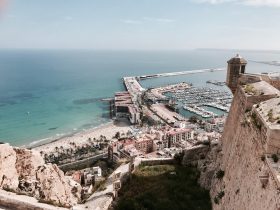
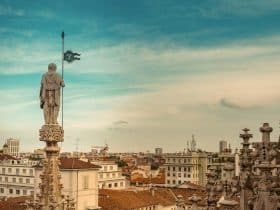
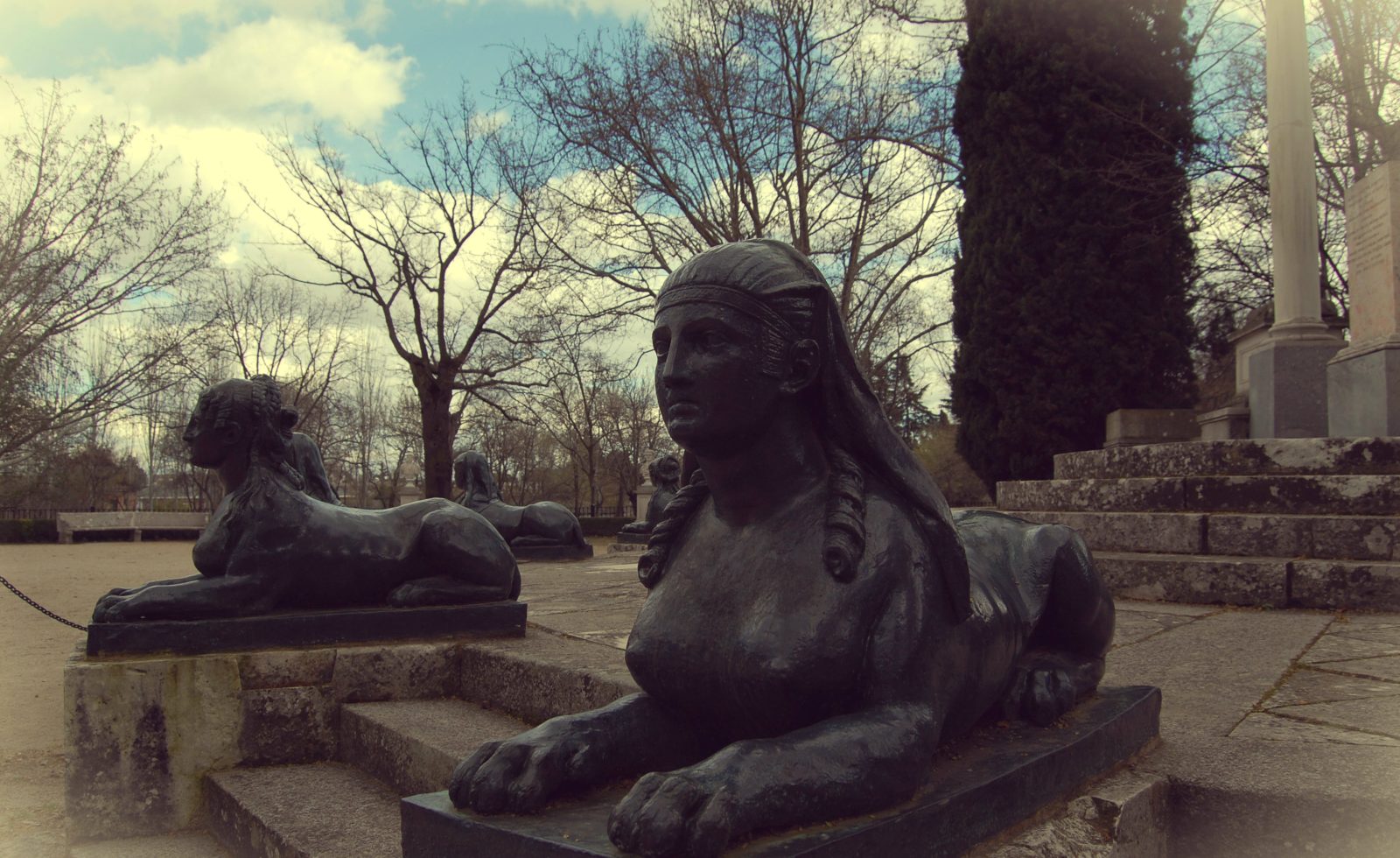
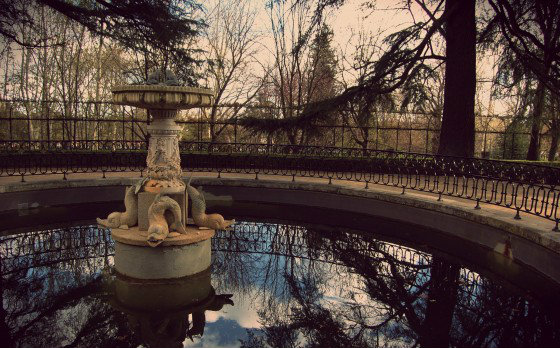
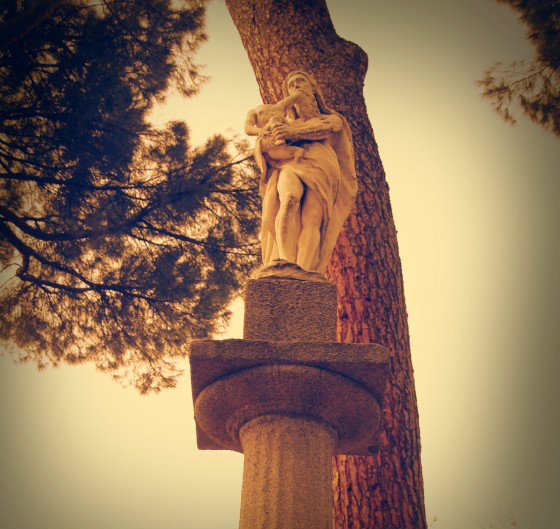
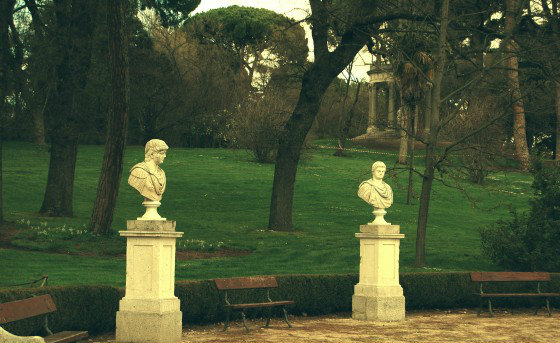
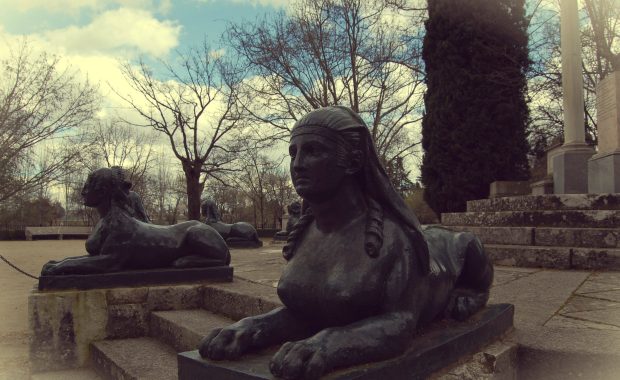
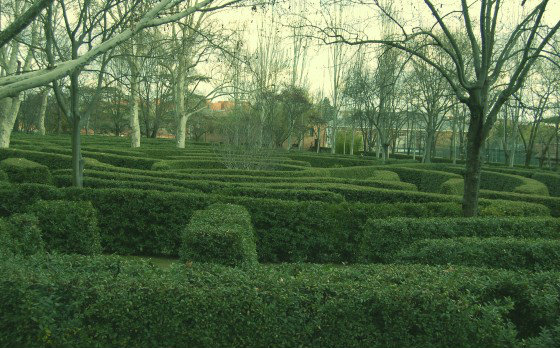
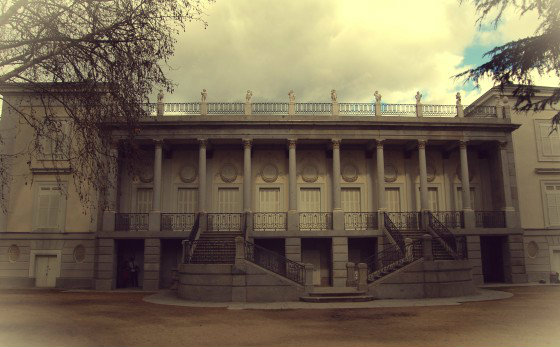
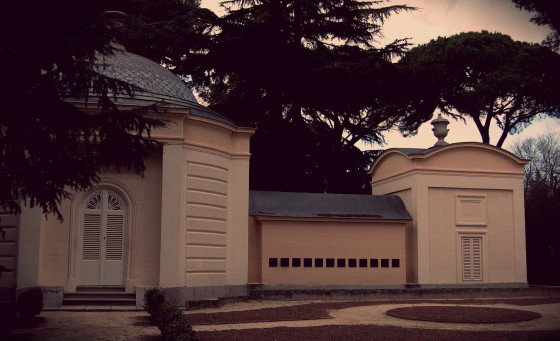
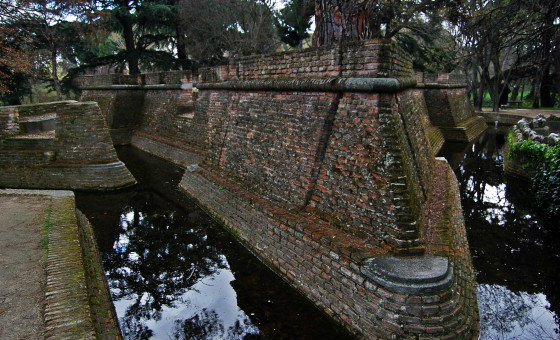
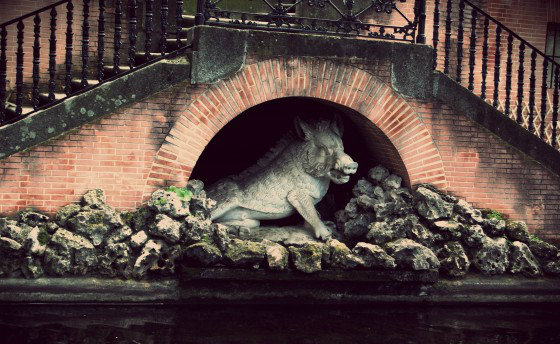
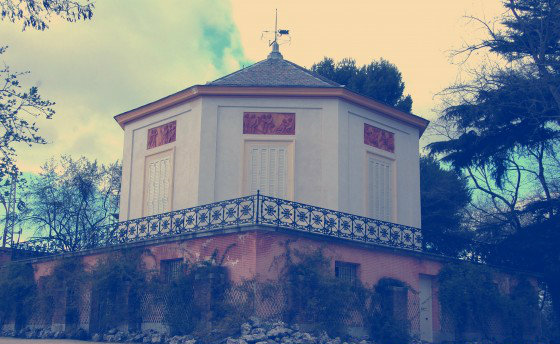
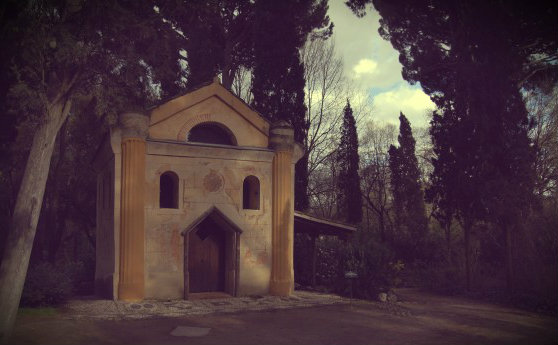
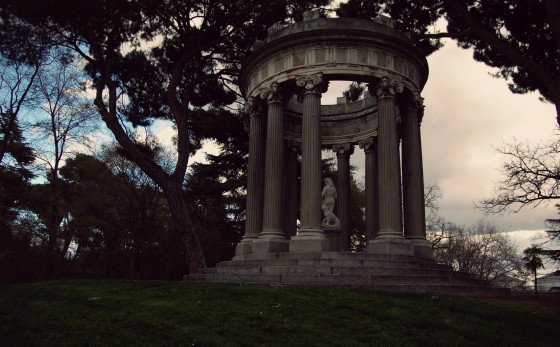
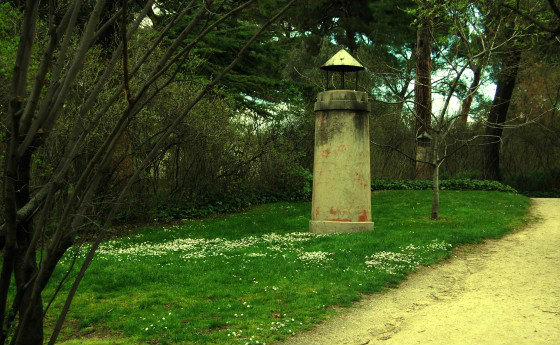
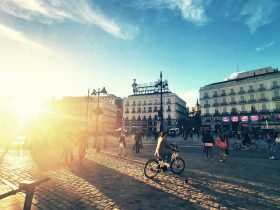
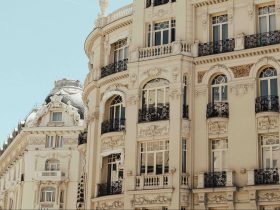
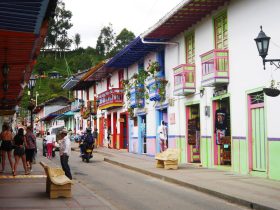
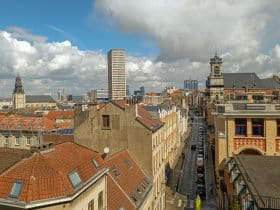











Leave a Reply
View Comments